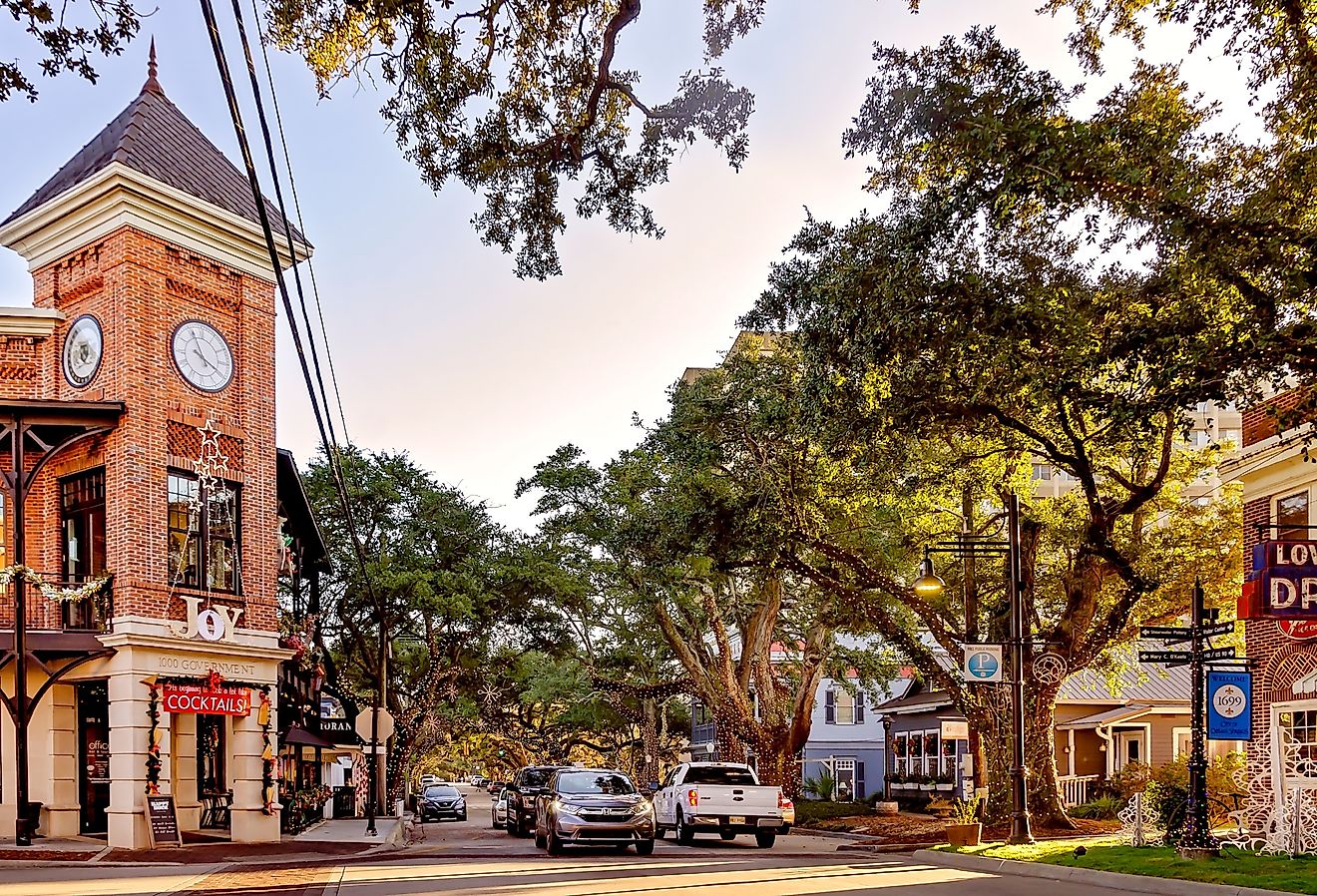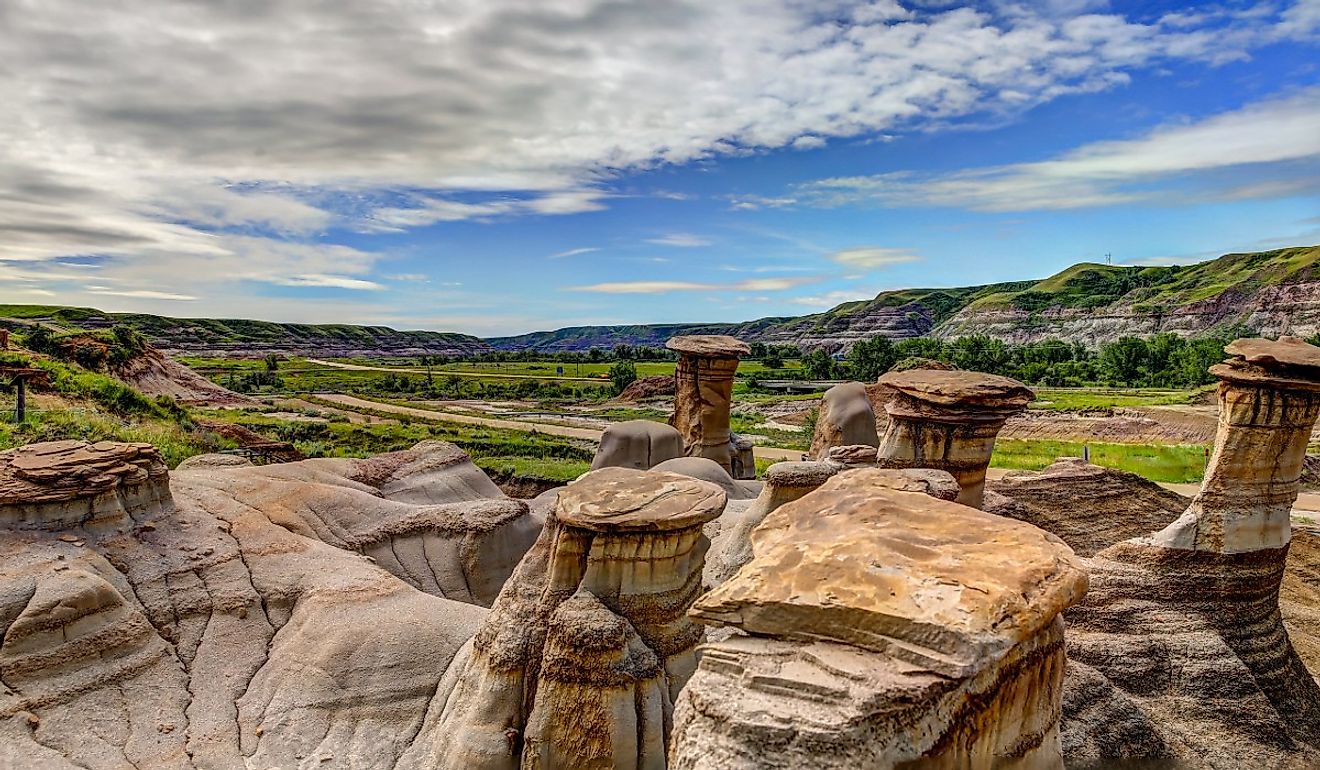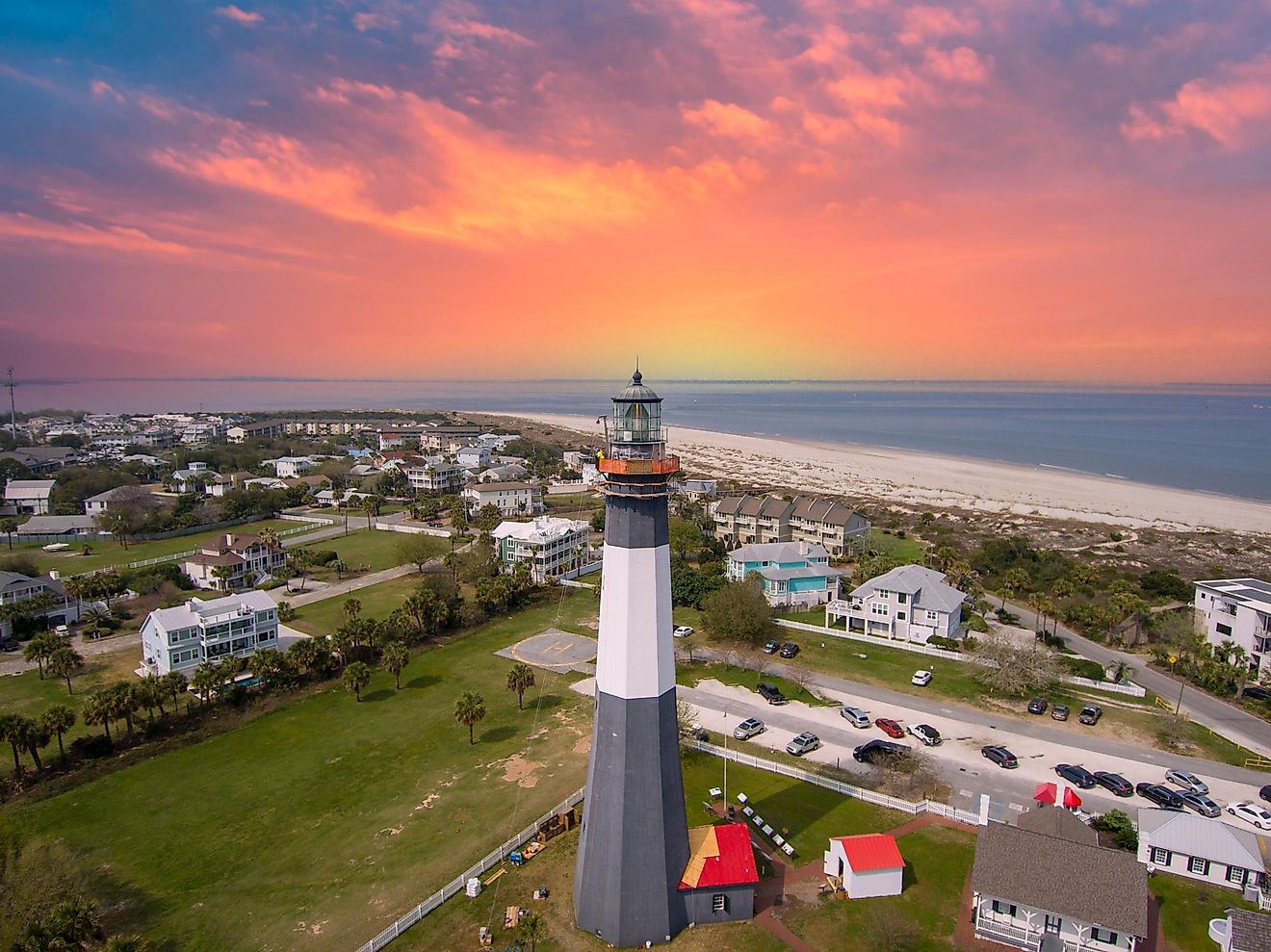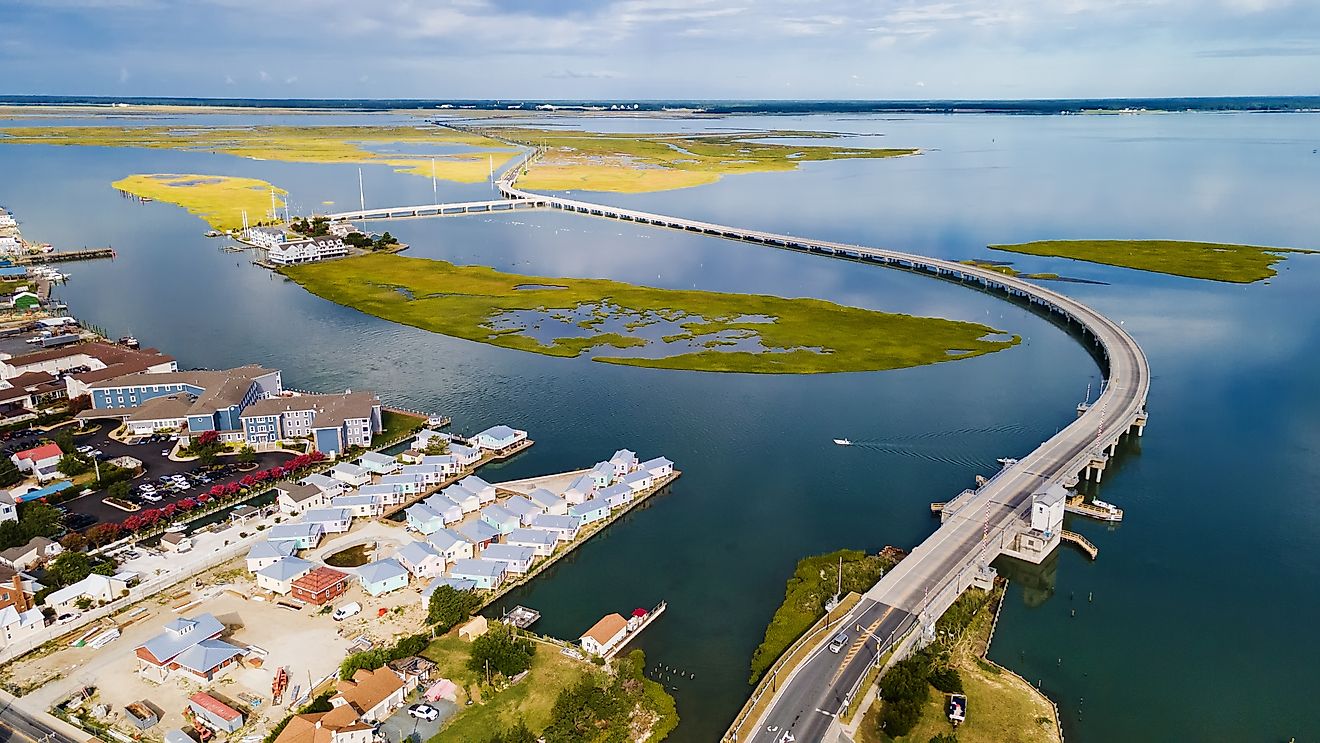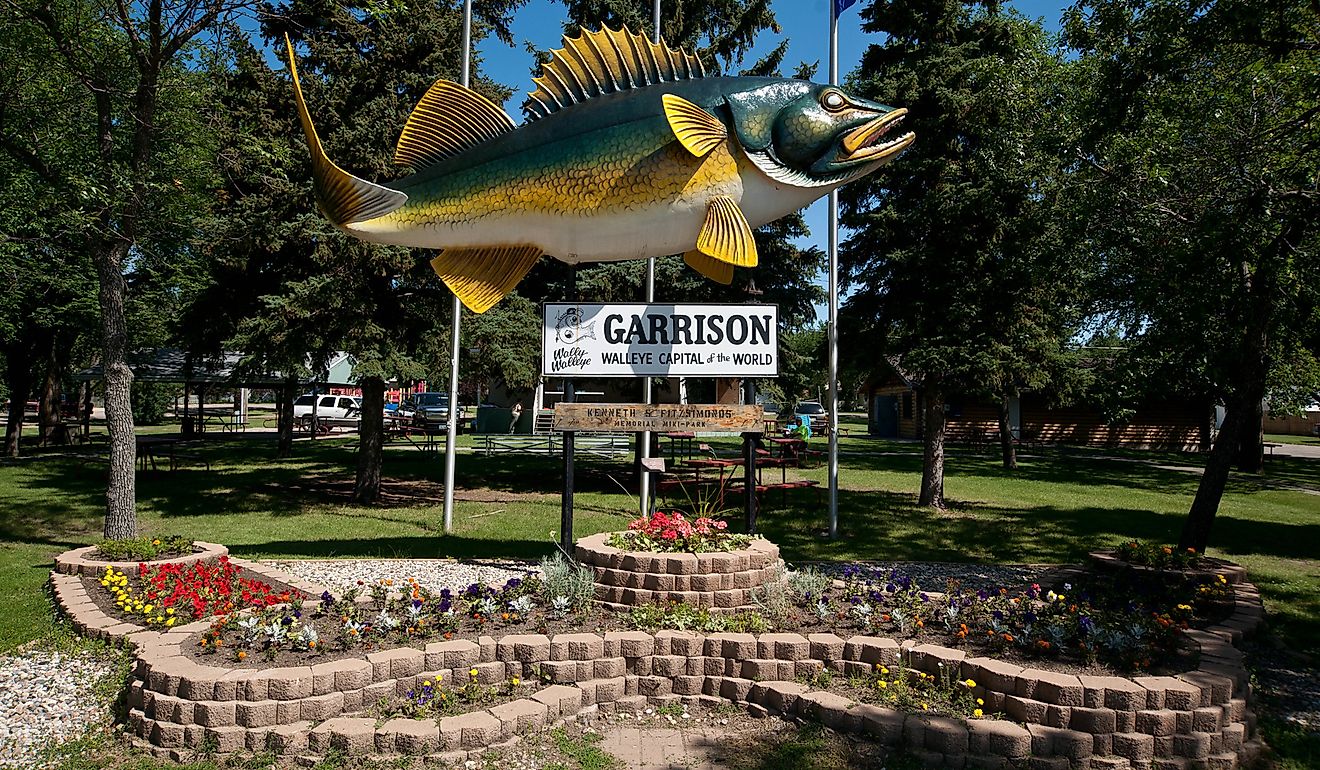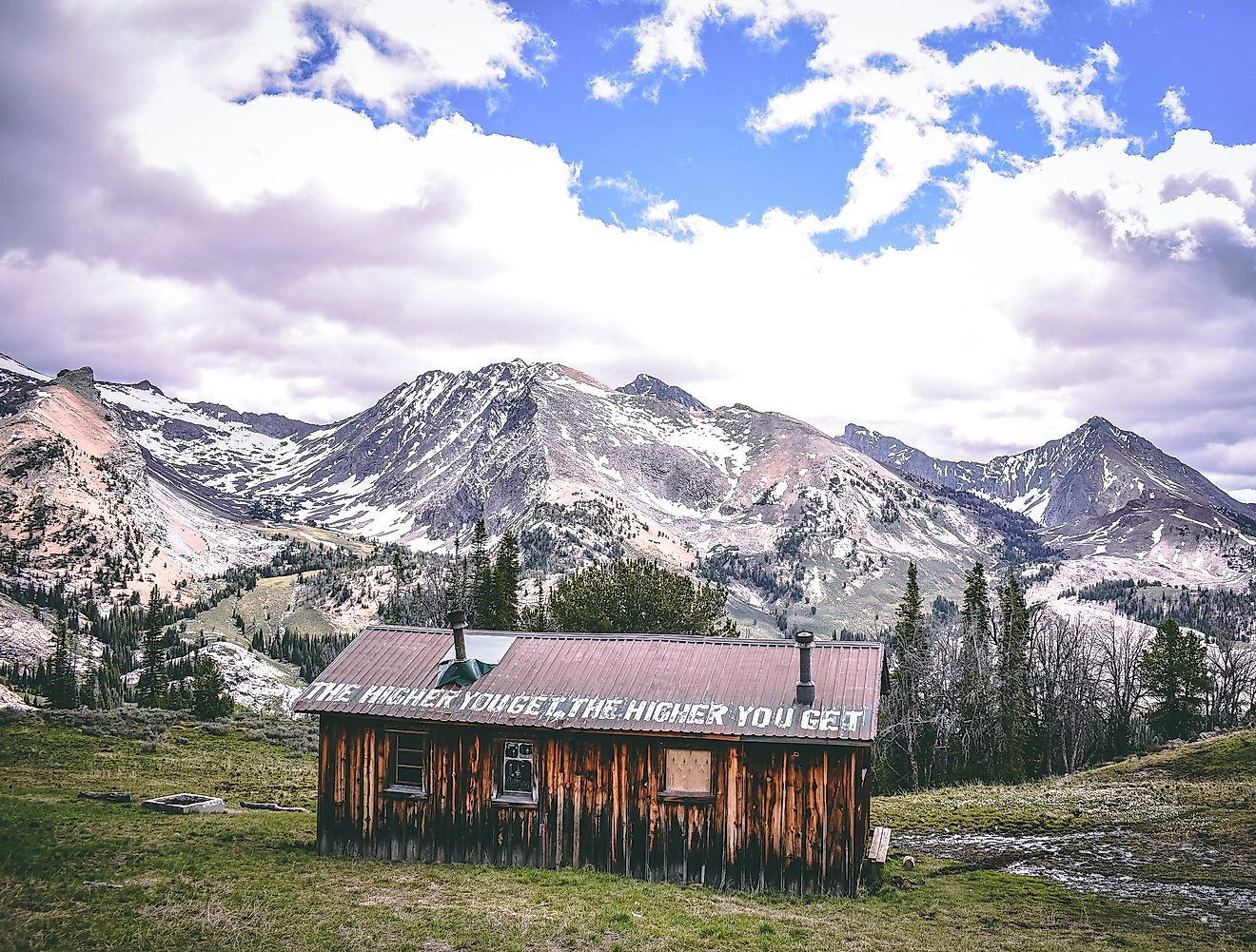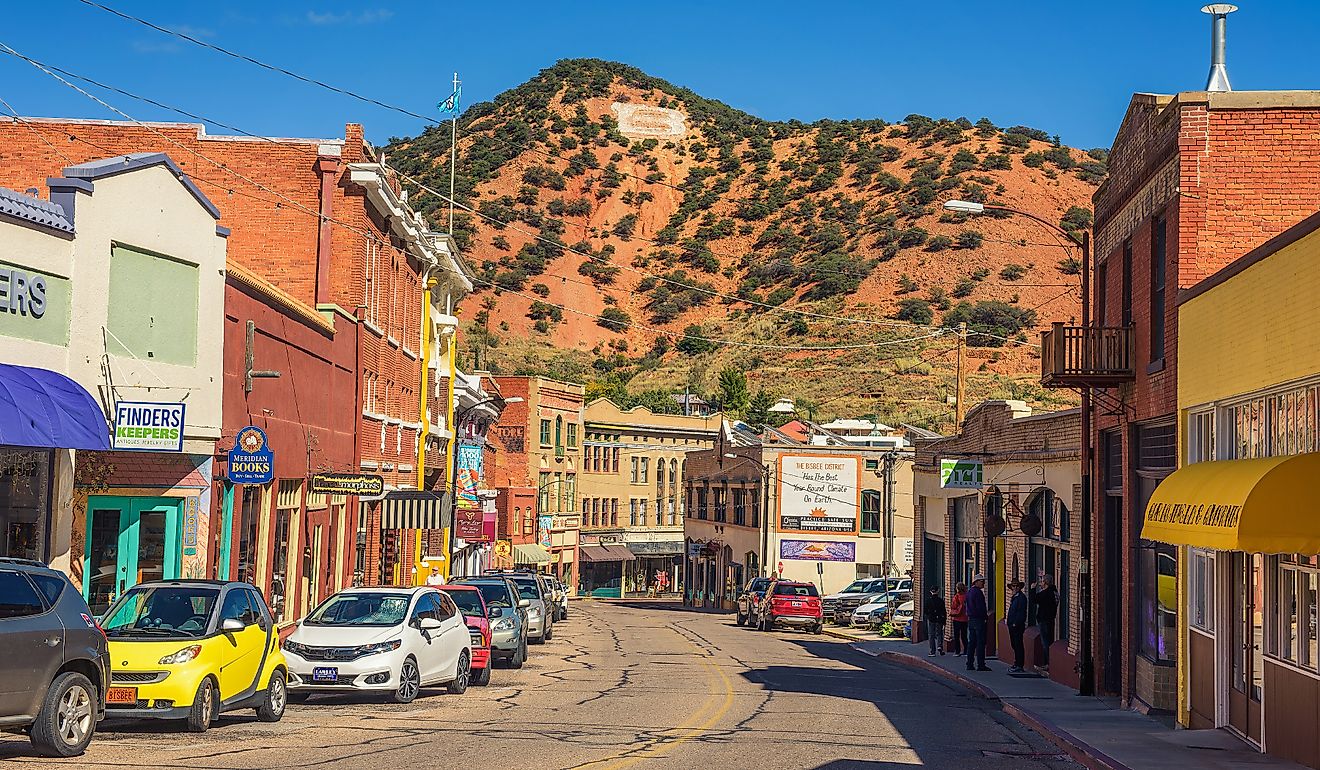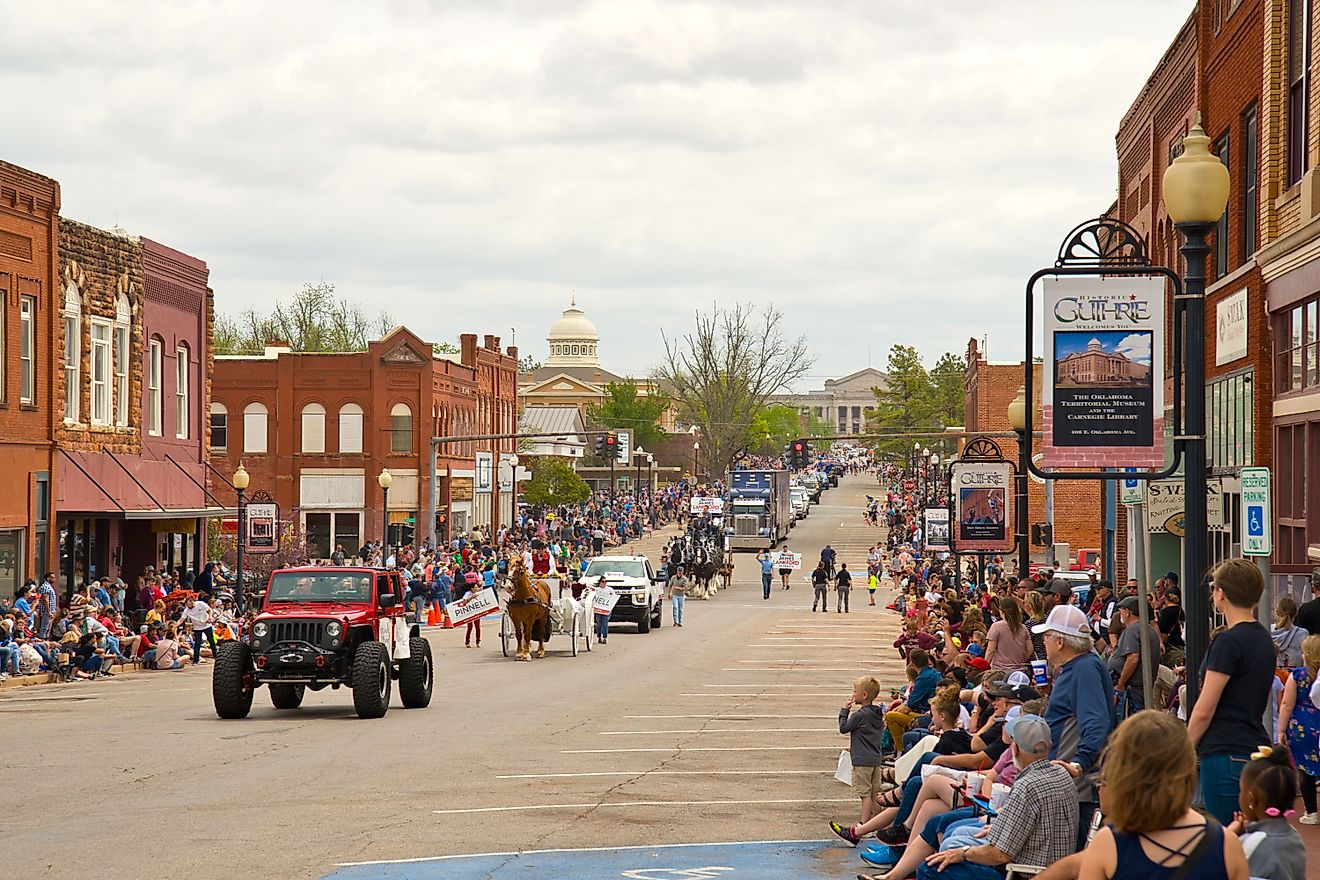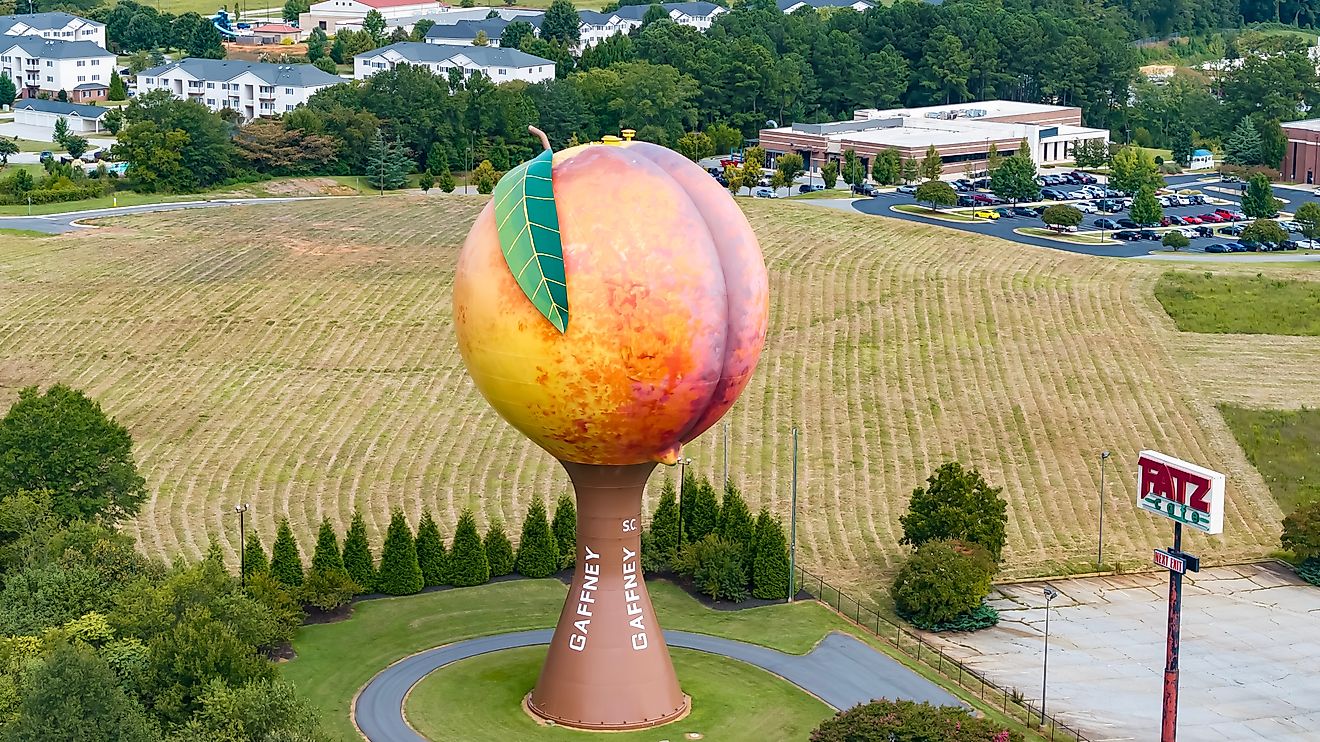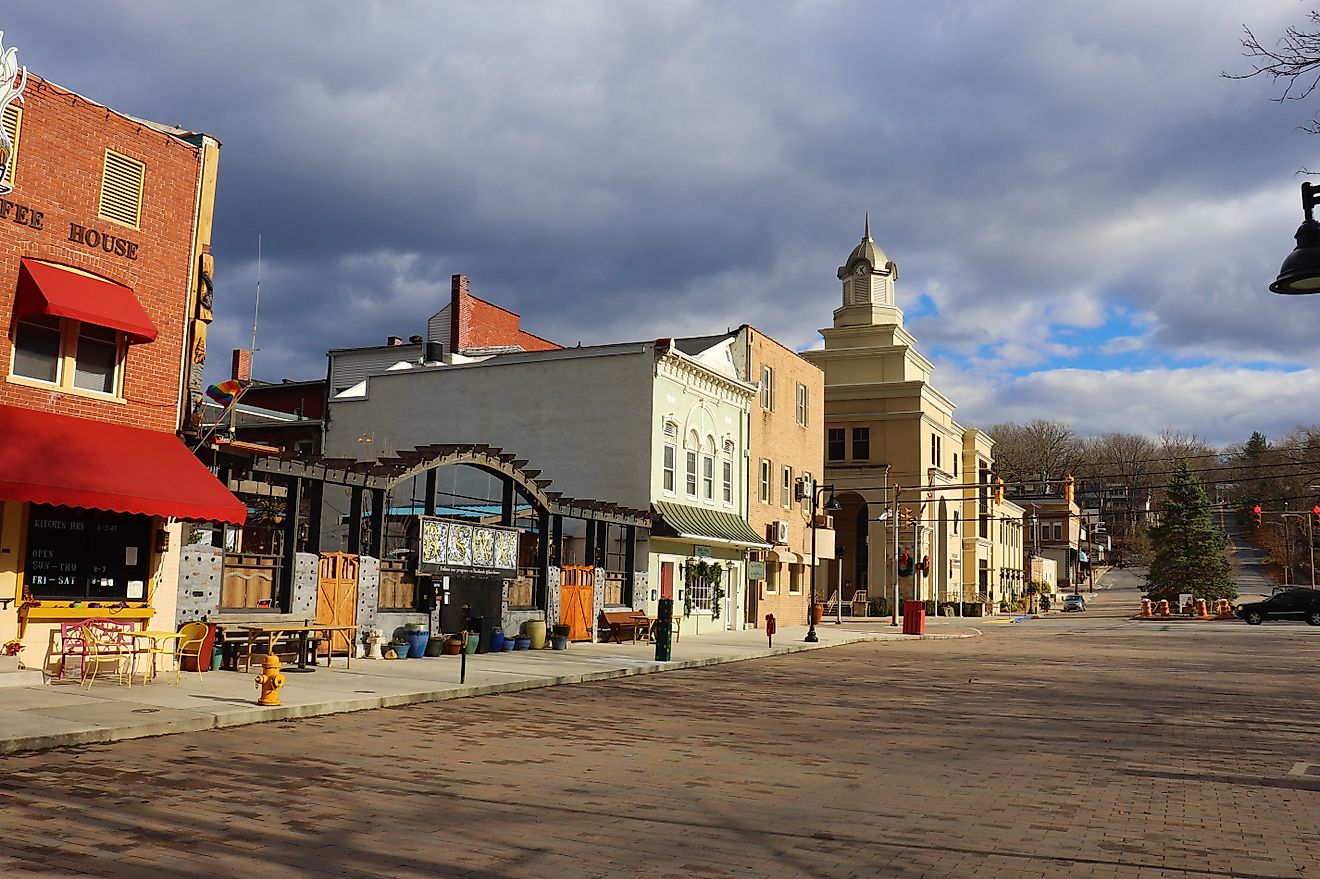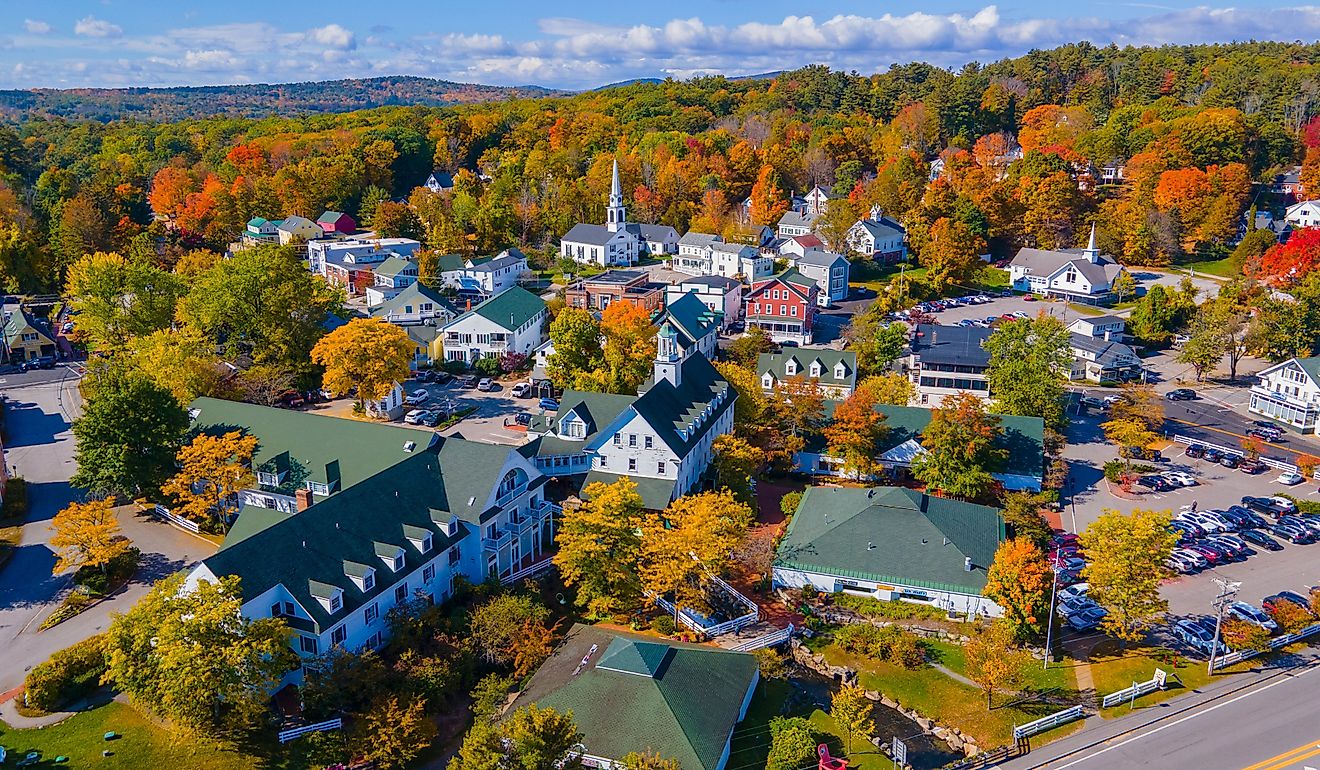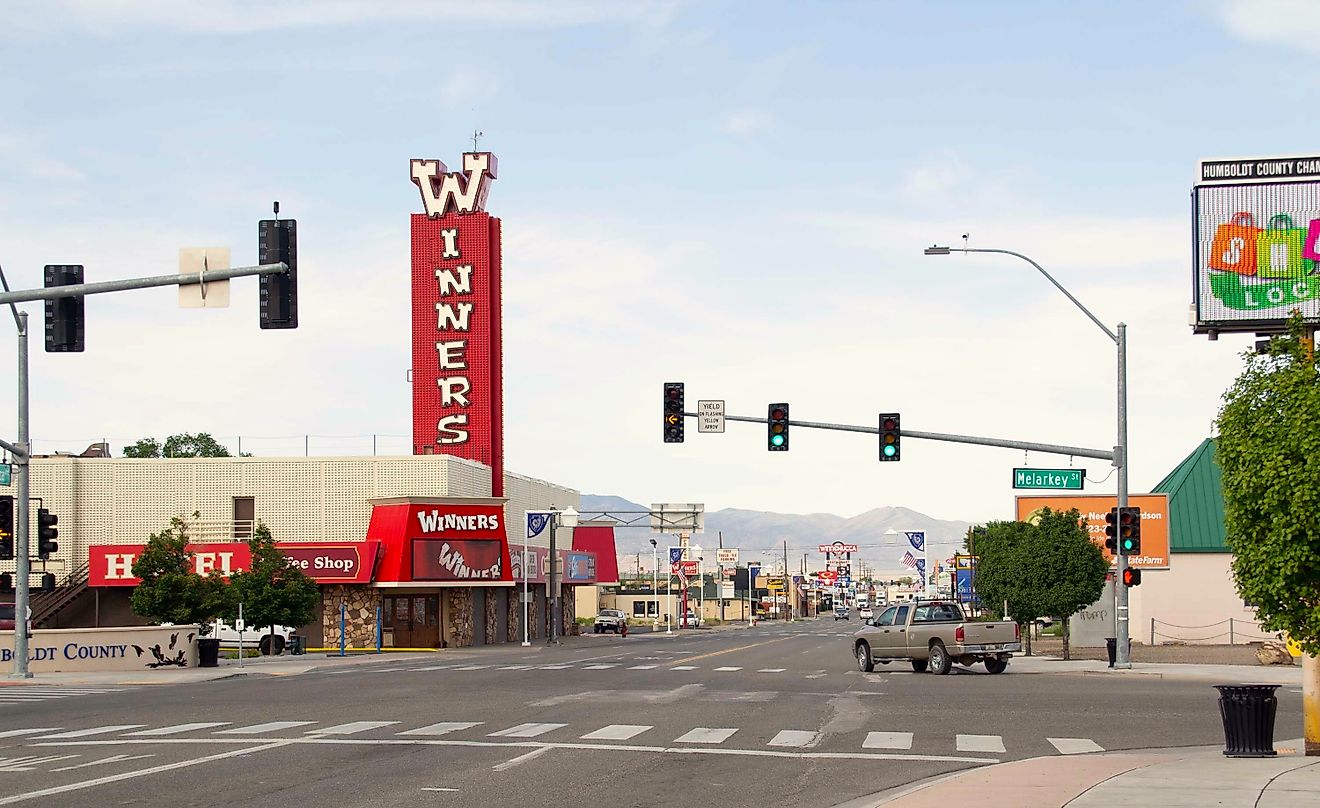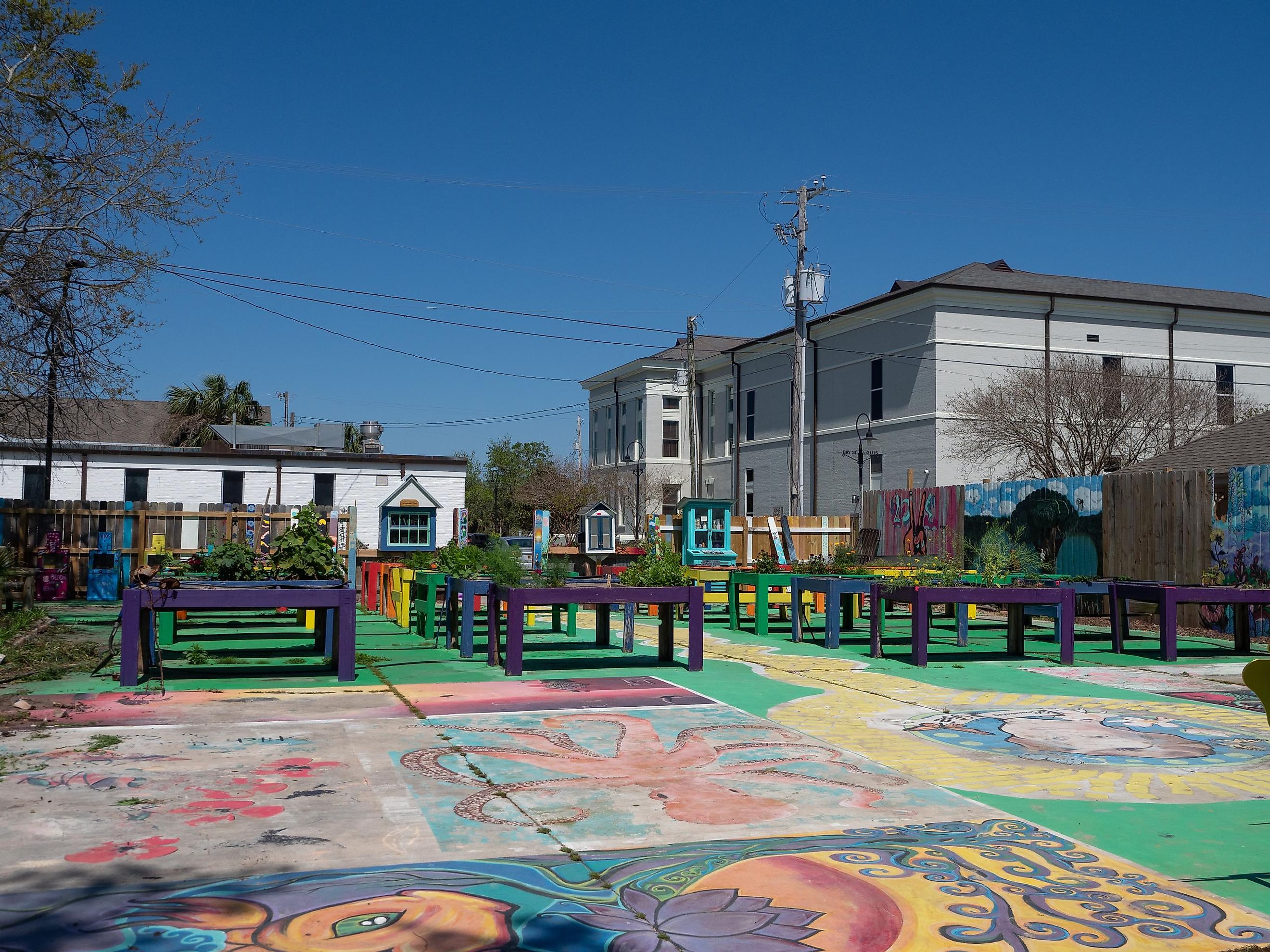
7 Most Unconventional Towns In Mississippi
What makes a town truly unconventional? Mississippi, with its blues heritage, its role in the Civil War, and its deep Southern traditions, is replete with such towns. There are offbeat places with eerie legends, unconventional celebrations, and spooky sites that make them stand out in a region full of conventionality. With its position between the Mississippi River and the Gulf of Mexico, Mississippi’s geography boasts swamps, rolling deltas, and historic river communities, making for a perfect stage for unorthodoxy in its heritage. There’s a town where a president refused to shoot a bear, a site where pirates’ loot is buried, and a whole range of such places that go against convention in Mississippi, a state in no way conventional. Get in your car, hit the road, and explore these seven offbeat communities that will give you an unpredictable trip.
Clarksdale
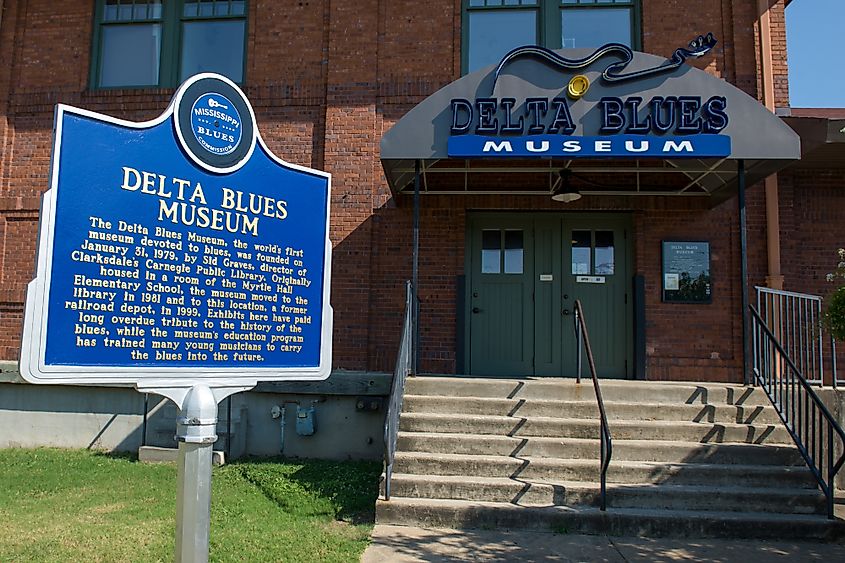
Few Mississippi communities celebrate blues legends and supernatural mythology in such a manner as Clarksdale, and it is one of Mississippi’s most off-the-beaten-path stops for that alone. The Crossroads monument stands where legend says Robert Johnson traded his soul to the devil for musical mastery. The Delta Blues Museum houses treasures of such icons as Son House and Muddy Waters, offering an intimate glimpse at the birthplace of such a dark sound.
Clarksdale embraces its eerie reputation with its annual Juke Joint Festival, where venerable joints such as Red’s Lounge and Ground Zero Blues Club are filled with live performers saluting the city’s heritage. Even its hotels defy convention—visitors can spend a night at the Shack Up Inn, a hotel built in restored sharecropper shacks that resonate with the city’s rich heritage. To escape the sound, the Sunflower River Walk wanders past blues shrines and takes a scenic stroll down the Sunflower River.
Rolling Fork
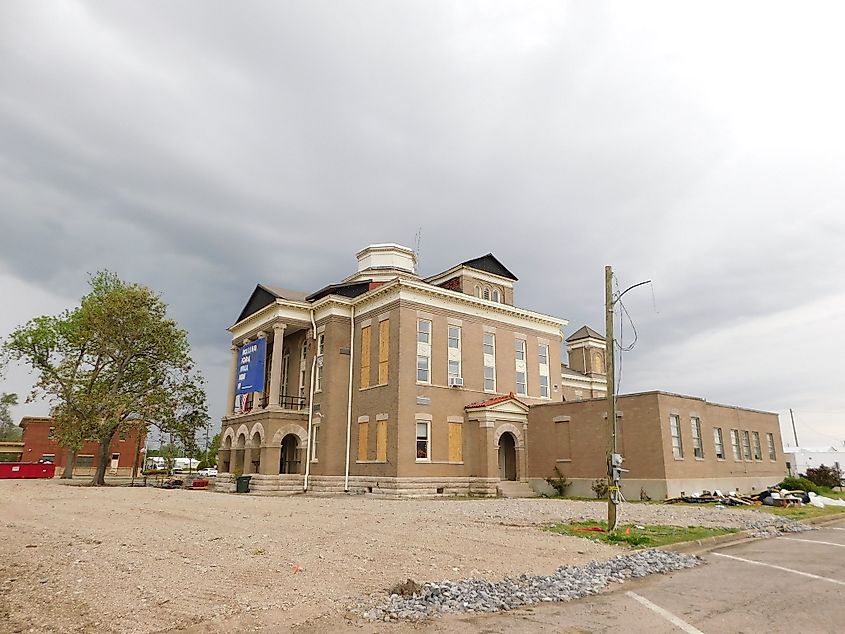
Rolling Fork stands alone in having a hunting excursion gone wrong, forever linked with the origin of the teddy bear. In 1902, President Theodore Roosevelt refused to shoot a tied and wounded bear in this community, and the city commemorates the incident with an annual Great Delta Bear Affair, featuring chainsaw carvings, reenactments, and a gargantuan statue of a bear in the city square.
Beyond its unusual claim to fame, Delta National Forest, one of the largest bottomland hardwood forests in the U.S., features wildlife viewing areas and scenic hiking trails. Mont Helena, located at the crest of a ritualistic Native American mound, provides a glimpse of Mississippi’s plantation heritage. To make its individuality even more intriguing, Onward Store, a 1913 general store, serves as both a restaurant and a museum with Delta-themed foods.
Port Gibson
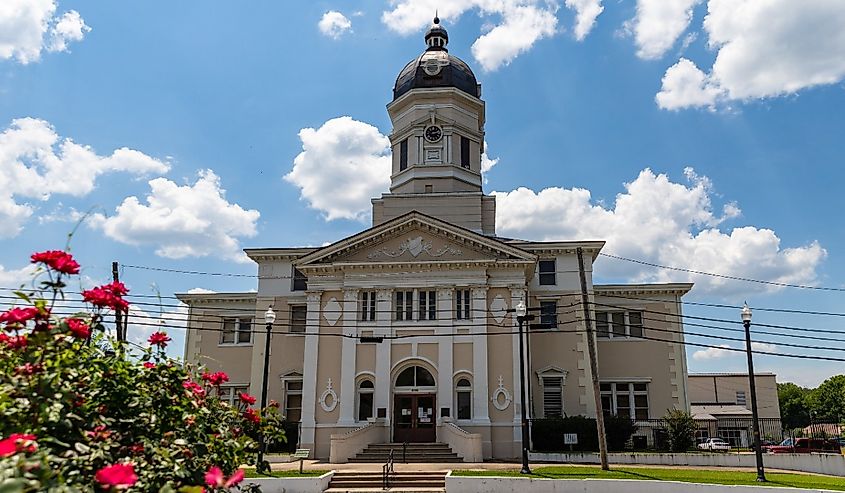
Port Gibson is a town where grand architecture, Civil War history, and haunting remnants of the past create an atmosphere unlike anywhere else in Mississippi. The Windsor Ruins, the skeletal remains of the largest antebellum mansion in the state, stand deep in the woods, their towering Corinthian columns evoking a lost era. The First Presbyterian Church is instantly recognizable for its enormous golden hand pointing skyward, an architectural anomaly with no clear explanation.
Along with its eerie landmarks, St. Joseph Catholic Church stuns visitors with its cobalt blue stained-glass windows, casting a soft purple glow inside the sanctuary. The Grand Gulf Military Park, a preserved Civil War battlefield, features original cannons, earthworks, and a historic river port, offering an immersive look into Mississippi’s wartime past.
Bay St. Louis
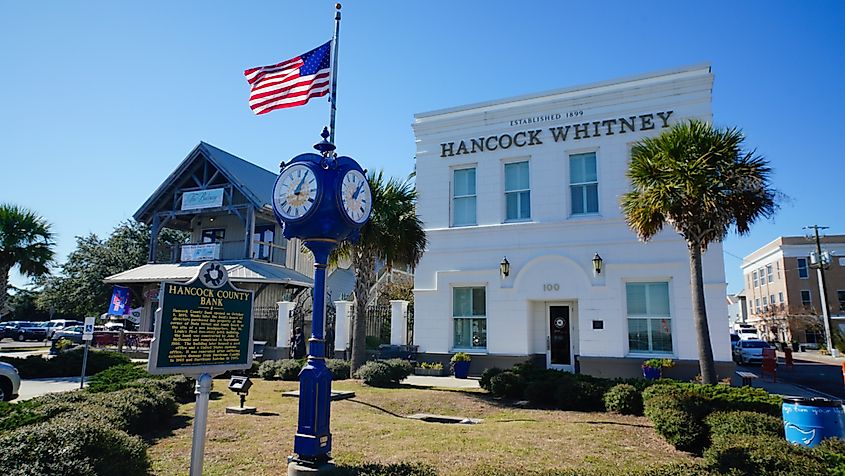
Few Mississippi communities honor pirates, ghosts, and artwork with such vigor as Bay St. Louis. Legend holds that the infamous pirate Jean Lafitte buried loot along its shoreline, and the city keeps the story alive with pirate-themed festivities and heritage tours. Ghost hunters and paranormal enthusiasts visit the 1928 Bay St. Louis Train Depot, drawn by stories of spectral workers and passengers.
Bay St. Louis is also a haven for painters and artists alike. The “Angel Trees,” oak trees dating centuries, survived Hurricane Katrina and now feature intricate carvings that embody hope and determination. The whimsical artwork of folk artist Alice Moseley, housed in a restored train depot, can be seen at the Alice Moseley Folk Art Museum, providing a glimpse at life in the South through her eyes.
Ocean Springs
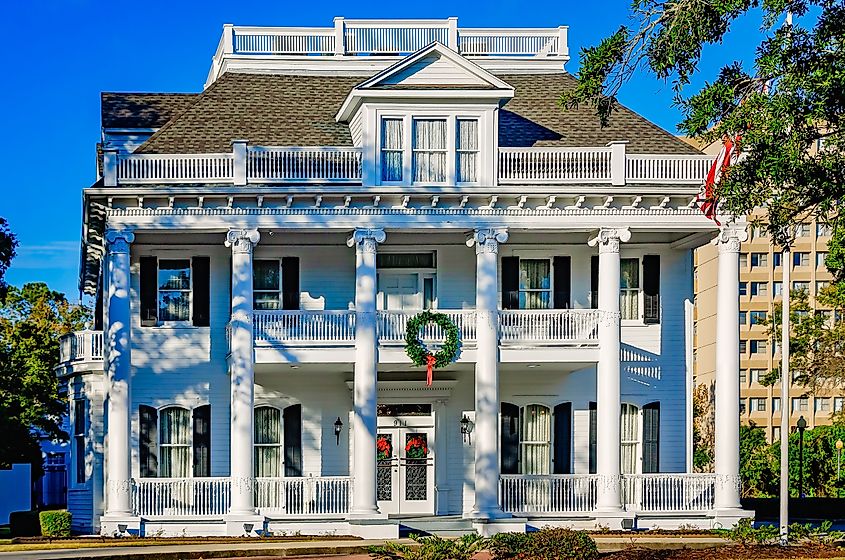
Ocean Springs is one of Mississippi’s most unconventional artistic enclaves, known for its thriving creative community and coastal charm. The Walter Anderson Museum of Art is a tribute to the offbeat artist’s life, whose whimsical murals and works of nature represent the city’s artistic character. The Mary C. O’Keefe Cultural Center, housed in a restored 1927 schoolhouse, is a hub for stage productions, art classes, and community events.
For a different experience, Ocean Springs holds Davis Bayou, a section of the Gulf Islands National Seashore, where visitors can explore hiking trails, observe wildlife, and paddle through coastal wetlands by kayak. Standing near Bienville Boulevard is the Crooked Feather, a striking 30-foot Native American statue commemorating the region’s Indigenous heritage.
Holly Springs

The offbeat history, underappreciated artwork, and unusual monuments make Holly Springs one of Mississippi’s most unconventional destinations. The Marshall County Historical Museum holds an unusual assortment of Civil War memorials, Native American artifacts, and odd relics, including early medical equipment and antique hand tools. The Ida B. Wells-Barnett Museum, located in her former home, commemorates the pioneering journalist and civil rights activist through artifacts and historical documents.
Holly Springs’ cultural life is no less surprising. The Kate Freeman Clark Art Gallery possesses a collection of over a thousand works by an artist who painted prolifically in private but never revealed her creations during her lifetime. Completing Holly Springs’ unconventional character, Hill Crest Cemetery contains cast-iron grave covers and extravagant 19th-century monuments, making it one of the most distinctive cemeteries in the state.
Water Valley
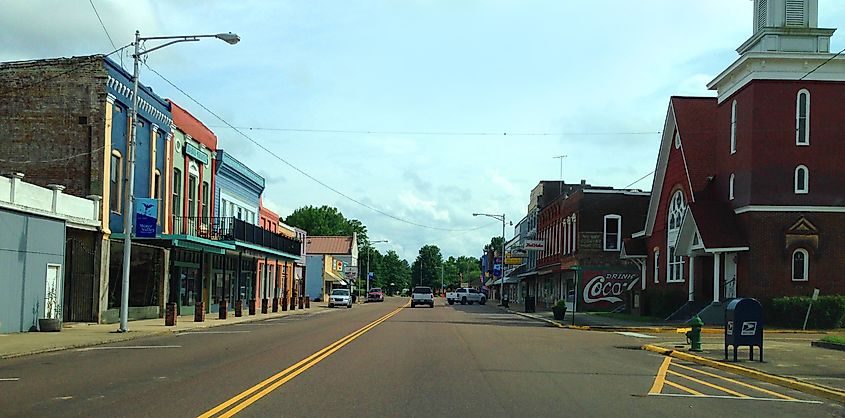
Water Valley is Mississippi’s most surprising renaissance, a city that once threatened to implode economically and re-emerged as an arts community. Violet Valley Bookstore, Mississippi’s only queer, feminist, and trans-inclusive bookstore, embodies the town’s transformation into a center of creative expression. Home and business owners in the annual Water Valley Art Crawl convert buildings into open studios, showcasing work by painters and craftsmen in residence locally. Meanwhile, the Bozarts Gallery, housed in a restored downtown building, serves as a community-run art space where regional artists display contemporary works, reinforcing the town’s creative revival.
In addition to its cultural vibrancy, Water Valley has a rich heritage presence. In tribute to its renowned locomotive hero, the Casey Jones Railroad Museum salutes the legendary conductor whose heroic final journey is part of American folklore. Complementing its down-home character, B.T.C. Old-Fashioned Grocery, a community-driven marketplace, stocks locally produced goods.
Final Thoughts
Mississippi’s small towns defy convention, each offering an unexpected and unconventional experience. Clarksdale embraces blues mythology in its eerie folklore, while Water Valley’s resurgence from economic decline is evident in its thriving community of artists. Ocean Springs flourishes as an epicenter for artistic expression, and pirate legends, ghosts, and resilience define Bay St. Louis. Holly Springs preserves its underappreciated artistic heritage and distinctive cemeteries, while Port Gibson’s golden hand and Civil War ruins add to its haunting appeal. Rolling Fork, celebrating a presidential hunting trip, turns history into an eccentric tradition. Whether shaped by folklore, artistic revival, or remnants of the past, these towns prove that Mississippi’s most intriguing destinations refuse to be ordinary.
